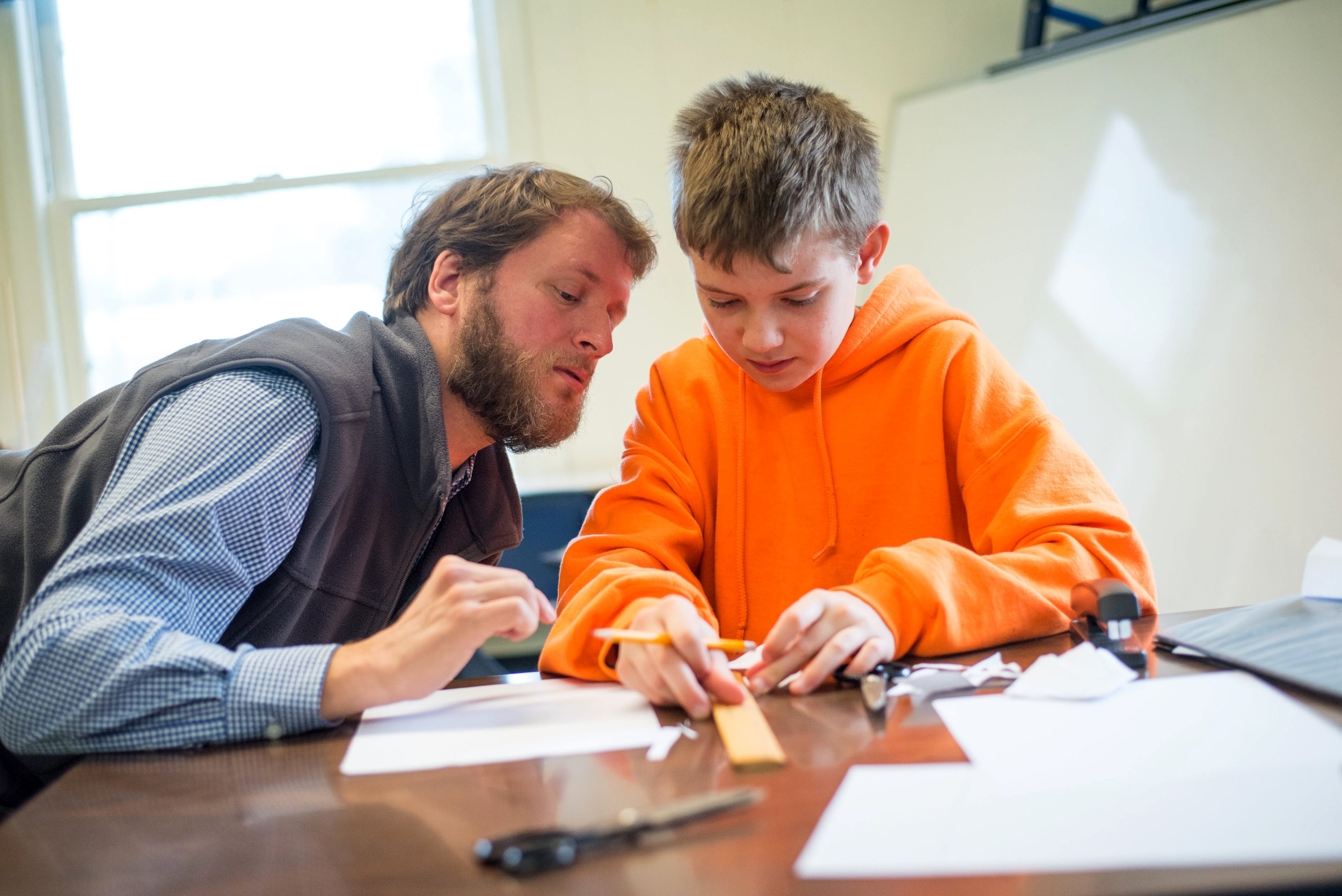Reading
Oakland School’s literacy program is comprised of gradually progressing instruction based on the literacy strengths and needs of each student. Whether a student is a beginning or an advanced reader, Oakland’s team will chart an individualized literacy course forward.
Teachers monitor individual literacy learning growth using informal and formal tools, guided practice of skills, and research-based assessments. The Qualitative Reading Inventory (QRI) is administered in a one-on-one setting, while the Measure of Academic Progress/Reading (MAP) is a nationally normed assessment.
Beginning Readers
Beginning readers are typically instructed using the Orton-Gillingham Approach, “A direct, explicit, multisensory, structured, sequential, diagnostic, and prescriptive way to teach literacy even when reading, writing, and spelling do not come easily to individuals, such as those with dyslexia.” In this method, students may use tracing packets that correspond with their basal packets. Children trace the raised shapes of the letters of words as they hear and read the sounds orally to bring several senses into play.
Intermediate Readers
Intermediate readers make the shift from learning to read to reading to learn. With guided instruction, progress continues in the areas of comprehension, vocabulary, and reading fluency. Written and oral language instruction is integrated daily using a differentiated approach tailored to each learner.
Confident Readers
At Oakland, students are advanced as quickly as their abilities allow. One-to-ones transition to mastering comprehension strategies, developing vocabulary, and improving fluency.
READING IN HIGH SCHOOL
High school literacy continues the trajectory forward, aligning with the social studies curriculum to deepen students' understanding of both reading skills and historical context. Assessments are primarily writing-based, fostering analytical thinking and the ability to write effectively for diverse audiences and purposes.




